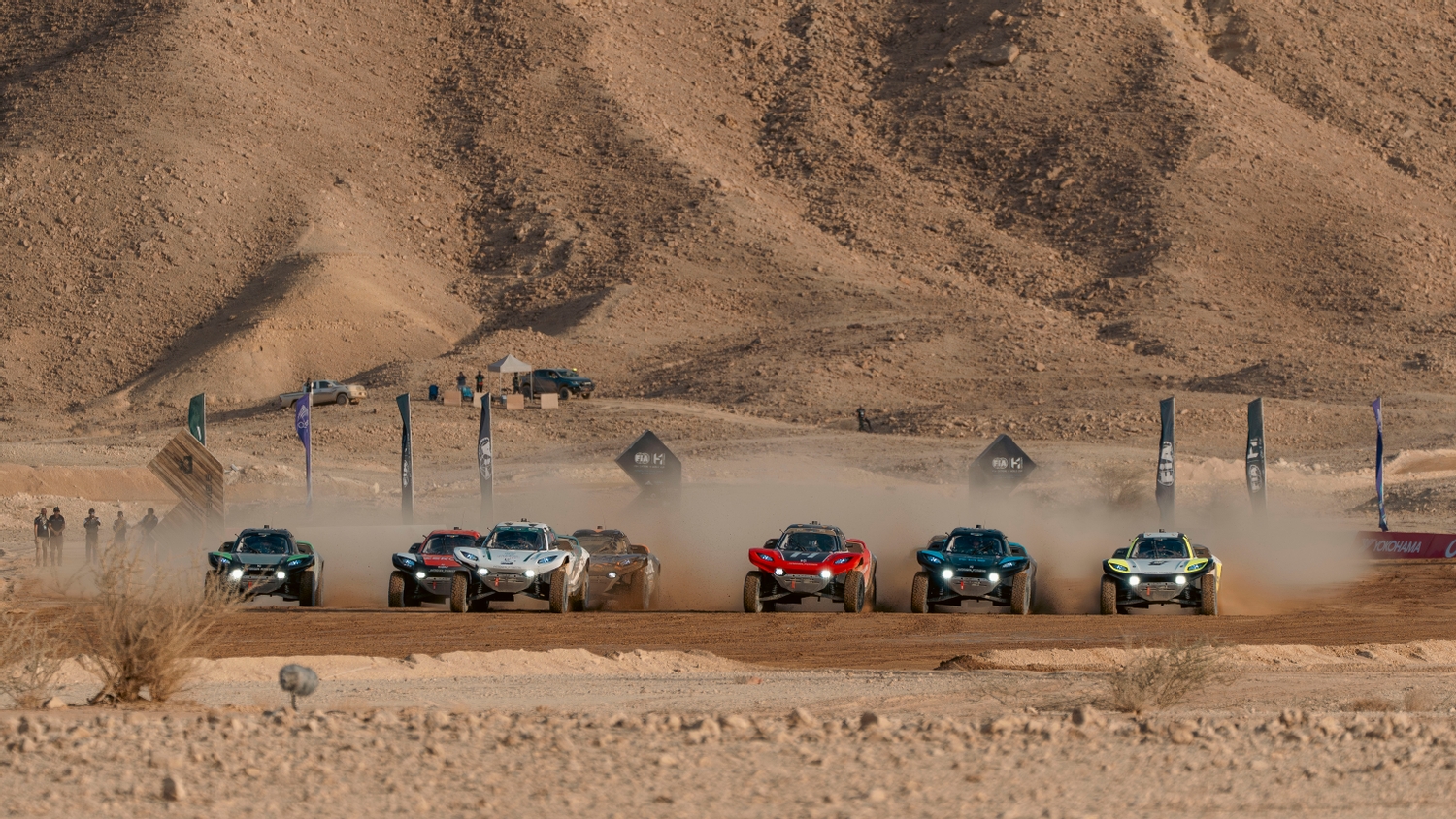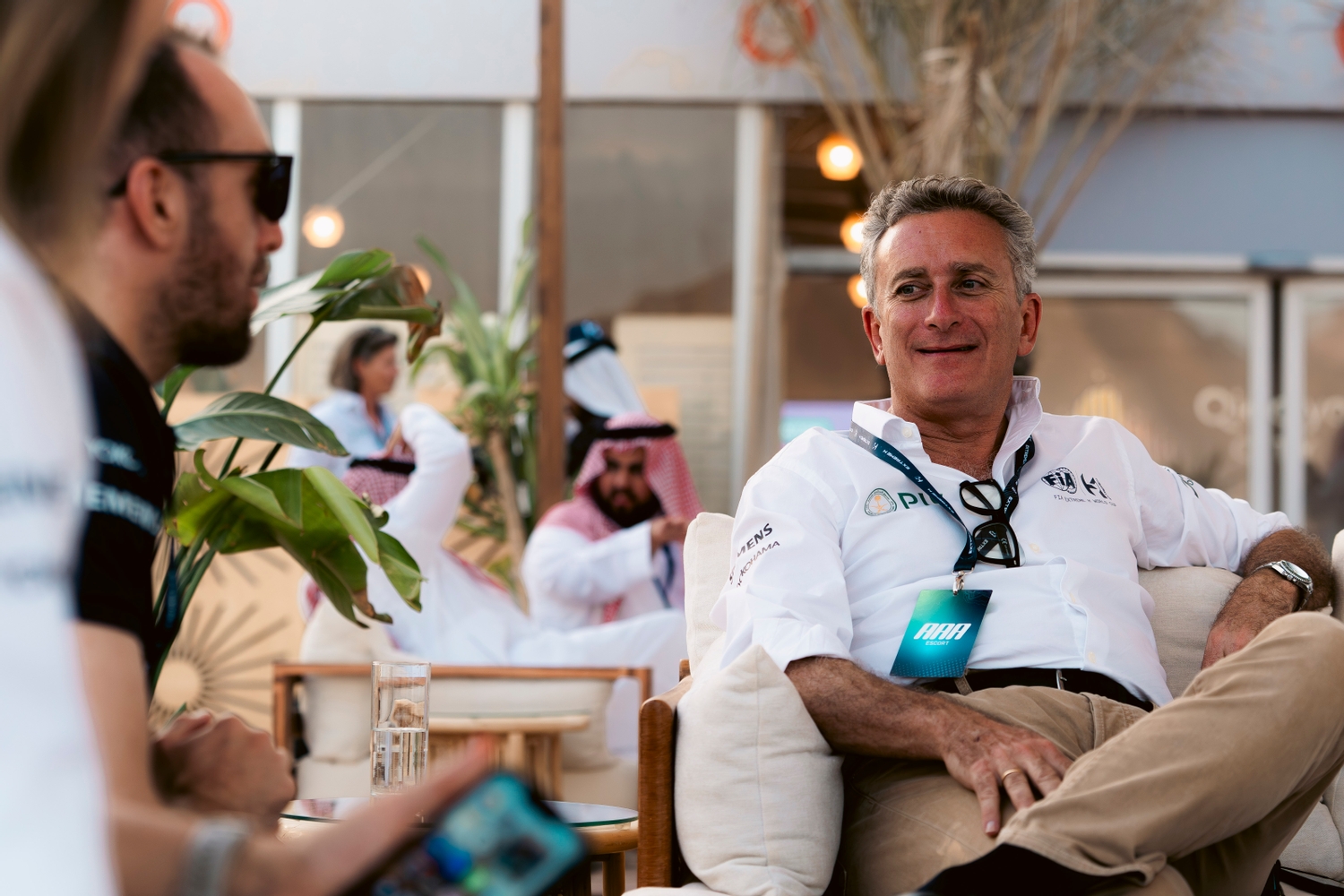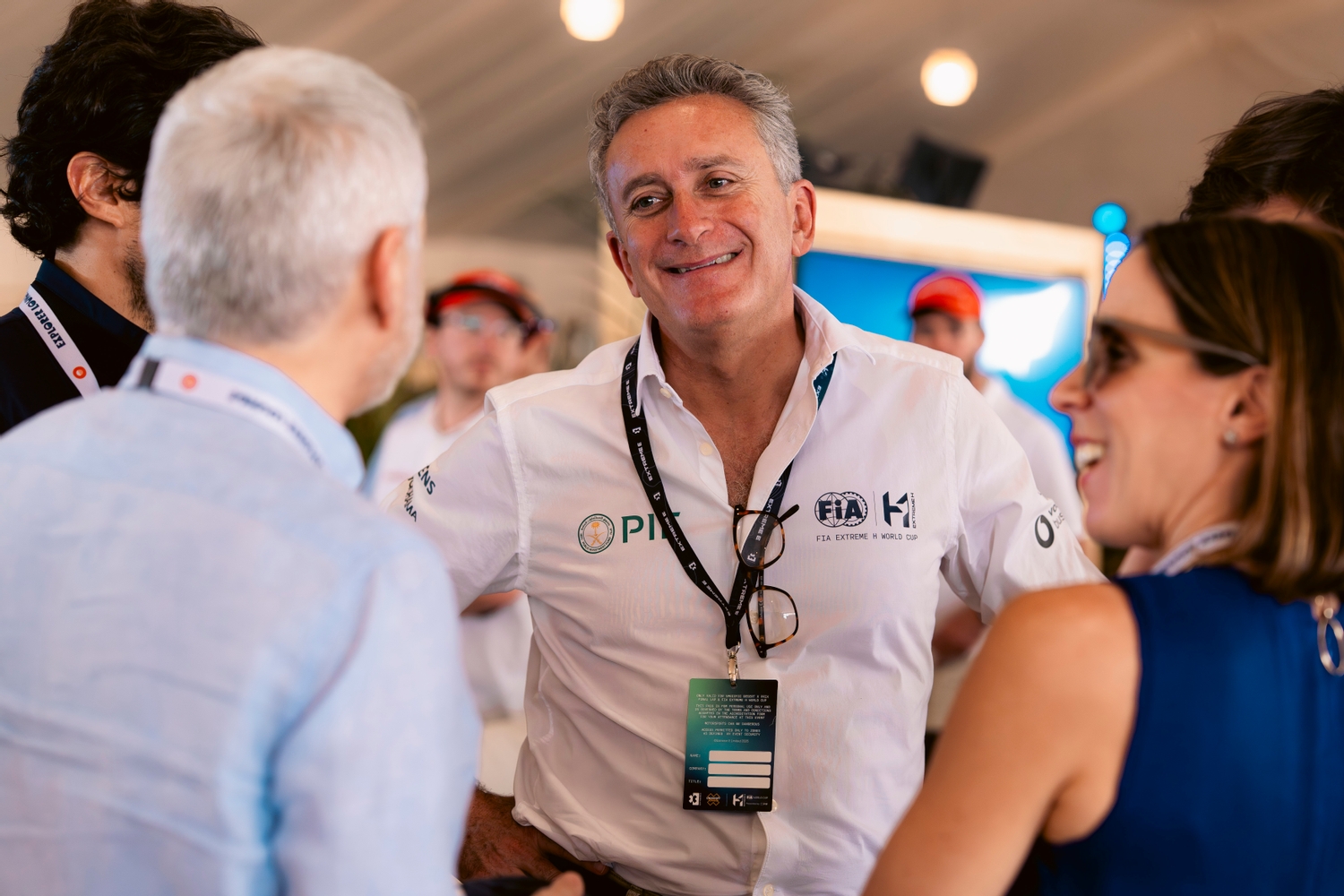Motorsport’s Hydrogen Dream Becomes a Reality in Qiddiya

Qiddiya City, Saudi Arabia, 13 October 2025: The FIA Extreme H World Cup was a celebratory milestone. Not only was it the world’s first hydrogen-powered motorsport event, but it was the culmination of four years of hard work.
With coverage through 90 broadcasters across 180 global markets, Extreme H engaged both traditional and next-generation fans. Its focus on cutting-edge technology, sustainability, and an equal-gender racing format ensured the World Cup resonated with audiences well beyond the core motor sport community.
The end result was an undeniable success, but Extreme H founder Alejandro Agag admitted the event had “gone better than planned”.
“Sometimes it’s hard to believe it because from outside it looks normal,” he said. “You’re watching something with completely new technology that has never been done before, that’s what’s really the big impact of this race.”
The FIA Extreme H World Cup proved that hydrogen-powered vehicles could be raced successfully and safely, proving doubters wrong in the same way Formula E did with the first electric car race over a decade ago.
“Many people were afraid of electric cars blowing up or giving electric discharge or whatever myth,” he said. “With hydrogen there’s also a lot of myths, the car is going to crash or it’s going to blow up. But we had rolls, we had crashes, yet you can see that hydrogen is perfectly safe. So I think this was a really good message.
“There were no hydrogen races before, but our format was perfect for it. Because if you want to have a five hour race, or even an hour and a half race with hydrogen, you need a truck, but our cars were the perfect size.”

For Extreme H, an all-new car – the Pioneer 25 – has been developed from the ground up, the result of more than two years of development by manufacturer Spark Racing Technologies.
“We’re so proud of the car we’ve been developing over the last two years,” said Extreme H Technical Director Mark Grain. “It was absolutely incredible sitting in Race Control watching the cars race so competitively and put on such a great show in front of the world.
“We've got some of the world’s top drivers and some great racing teams who pushed this car to its limits, all providing important feedback. We’ve built an impressive racing car and are beyond happy with the results in its first outing.
“The new hydrogen era has landed, and it’s been a huge moment in my career to develop this car with Spark Racing Technology, from inception. We will always be the first to race with hydrogen, everyone else goes after us.”

A key asset in developing Extreme H has been the FIA, which helped form the technical and sporting regulations, and will continue to be a major partner as Extreme H continues to grow.
“It’s crucial to have the FIA onboard,” said Agag. “And it's not that we're influencing them, we're both writing the path together, because without the FIA, we couldn't do it. They helped us a lot on the technical side, regulatory side, and we help them on the commercial side. So I think it's a perfect partnership.”
Getting the FIA onboard was important for Extreme H, but for the FIA itself, it was a major landmark moment, too, as it governed a hydrogen-powered series for the first time.
“Certainly for the FIA, it's a milestone,” said Emilia Abel, FIA Road Sport Director. “It's the FIA’s first ever hydrogen powered competition. So we are super proud, but it's clear that it has been hard work for the whole year to get to where we are today, but I believe that we have managed very well.
“The whole format is quite new, and it's not really usual that we have so many competition formats inside the one race as we have here. But it's clearly entertaining, it's what the audience expects today from motorsport – easy to consume, short – so, so far for sure, it has met our expectations.
“Now the aim is to grow it from one event to more events.”

Now with the first event out of the way, attention turns to the future. It was confirmed over the weekend that Extreme H has a five-year deal to host the World Cup in Qiddiya, but Agag has left the door open for further events in other locations.
“We have a venue for five years, we signed a long term contract with Qiddiya,” he said. “We know what the future is, so we're good.
“We will have the World Cup here every year. We may do other events previous to this one, but this one will always be the “Final of the World Cup.”
And while the first hydrogen-powered motor race was a massive milestone, how that works in years to come could also change as hydrogen combustion technology improves.
“I think it could potentially replace it,” Agag said of the possibility of hydrogen combustion coming into Extreme H. “We have to see where the market goes, because there are brands, big car brands, that are focusing on fuel cells.
“Maybe we have two races, maybe we equalise and we have both technologies racing. I think it's early days to know. But definitely, if it works, it should be here.”

But while attention is already turning to the future, the scope of what has already been achieved can’t be understated.
“In Extreme H, H stands for Hydrogen, but also Houdini – we don’t know how we pulled this off! It feels great,” said Agag. “We gave Extreme E a new life as Extreme H and definitely this format is going to fly. We have all the experience from Extreme E and we’ve used it for this.
“We’d like to thank the FIA along with our hosts Qiddiya City, our principal partner PIF, SAMF for all their support regionally, SMC, the Ministry of Sport, Spark which has done a fantastic job building our car, and to our supporting partners Fox, Yokohama, Vodafone Business, Siemens, and Symbio for helping make this happen.”